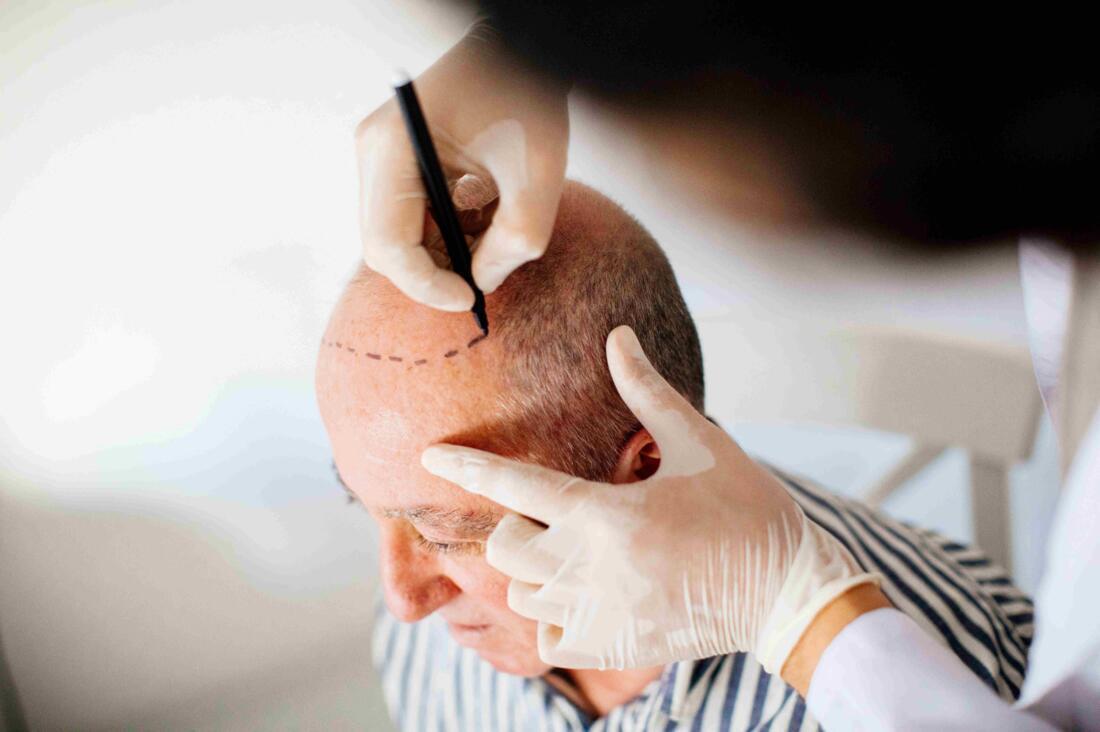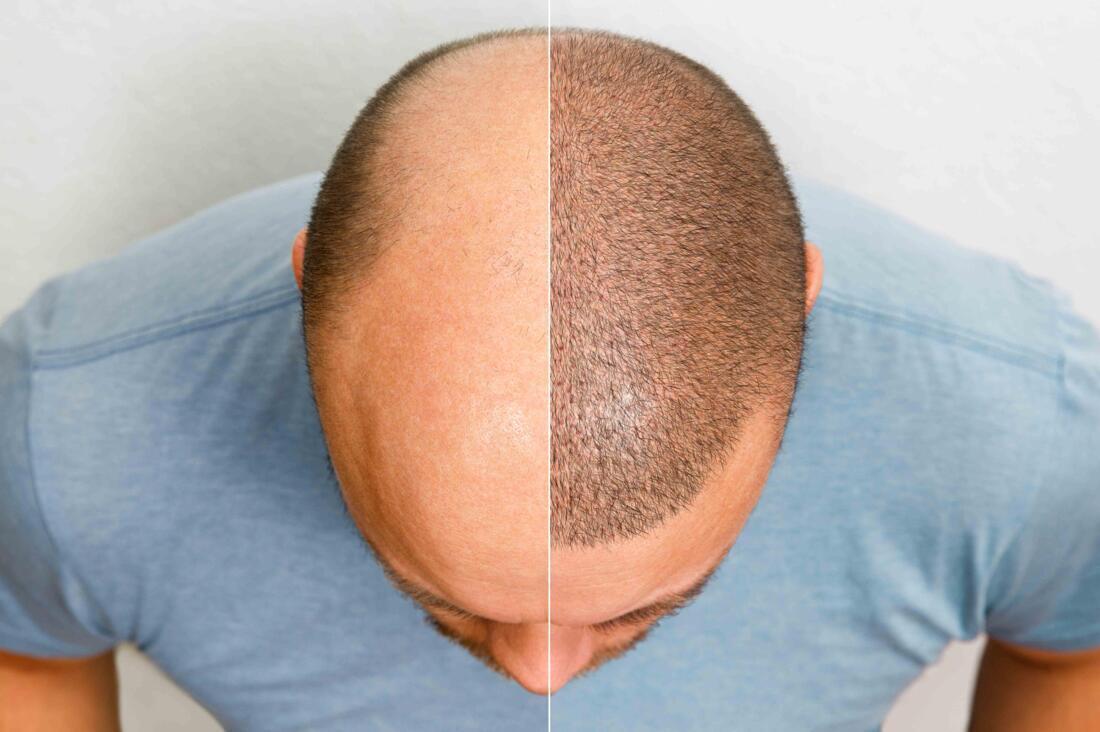Latest in Hair Transplantation: Combat Hair Loss
Experiencing hair loss can be upsetting, impacting both the scalp and a person's self-confidence. Thankfully, advancements in hair restoration techniques provide optimism for individuals dealing with this issue.
Overcoming Hair Loss
The most advanced methods in hair transplant procedures are now more advanced and efficient than ever, delivering results that appear natural with minimal discomfort. The most popular methods include Follicular Unit Extraction (FUE) and Follicular Unit Transplantation (FUT), both offering specific benefits. These techniques focus on carefully extracting and transplanting hair follicles to ensure the new hair growth is as natural-looking as can be.

FUE Method
The FUE technique is increasingly favored for its minimally invasive approach and lack of noticeable scarring. During this method, hair follicles are taken from the scalp without a scalpel or sutures, leading to faster healing and reduced discomfort after surgery. The method's accuracy ensures that transplanted hair aligns with the natural growth pattern, blending seamlessly with existing hair. Furthermore, improvements in robotic technology have enhanced the precision and effectiveness of the FUE procedure.

FUT Method
On the flip side, FUT, or strip surgery, entails extracting a small section of tissue from the back of the scalp, where hair is less likely to thin. The follicles are then isolated and relocated to the balding spots. Despite the potential for a linear scar, this approach is usually concealed by the patient's existing hair and may present a more economical solution for those in need of numerous grafts.
Both FUE and FUT boast high success rates and can be customized to suit each patient's unique requirements and hopes.
Thanks to these advanced methods, individuals dealing with hair loss now have a better chance of attaining a full and natural-looking head of hair, which can help restore not just their locks but also their confidence.